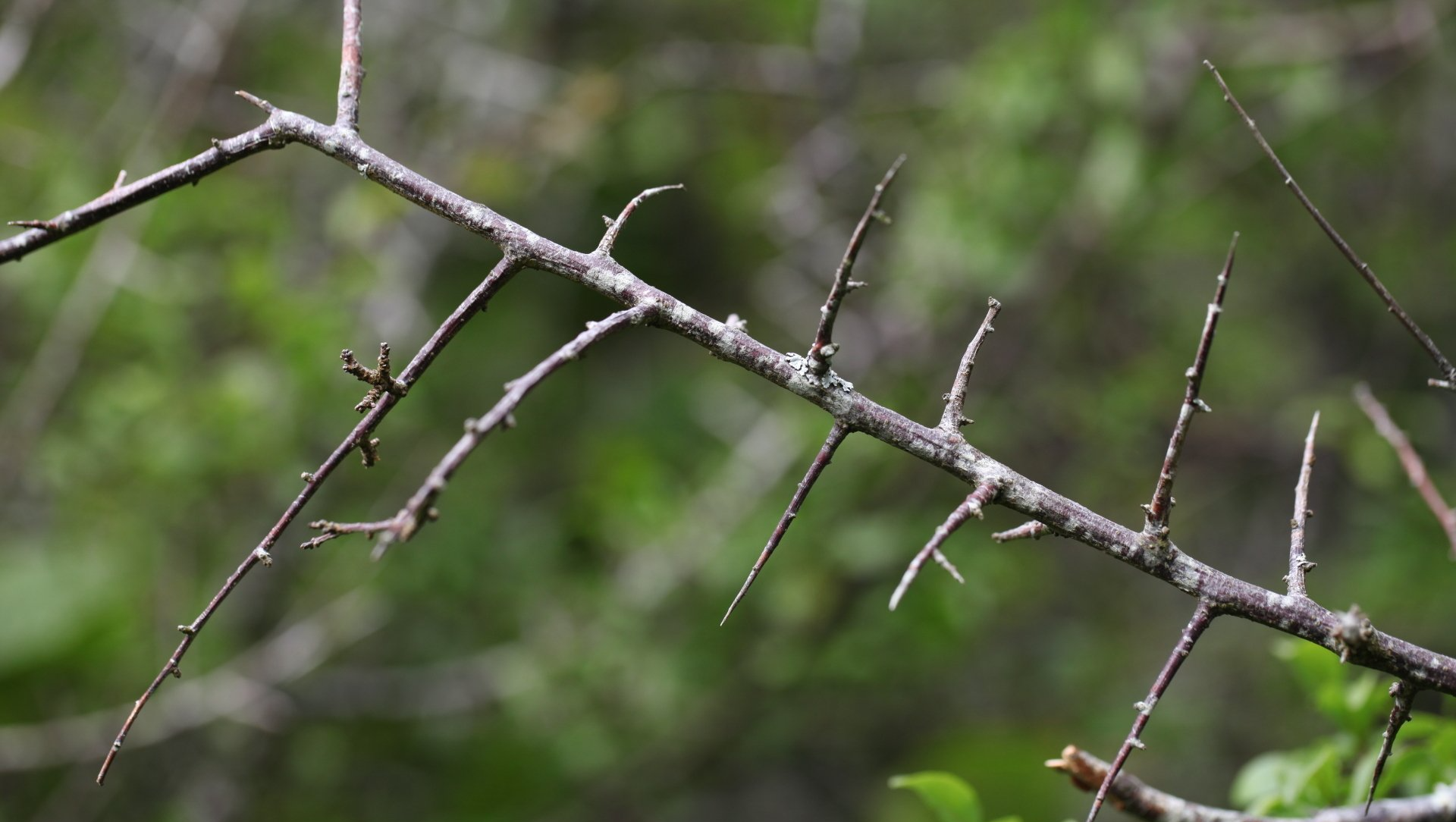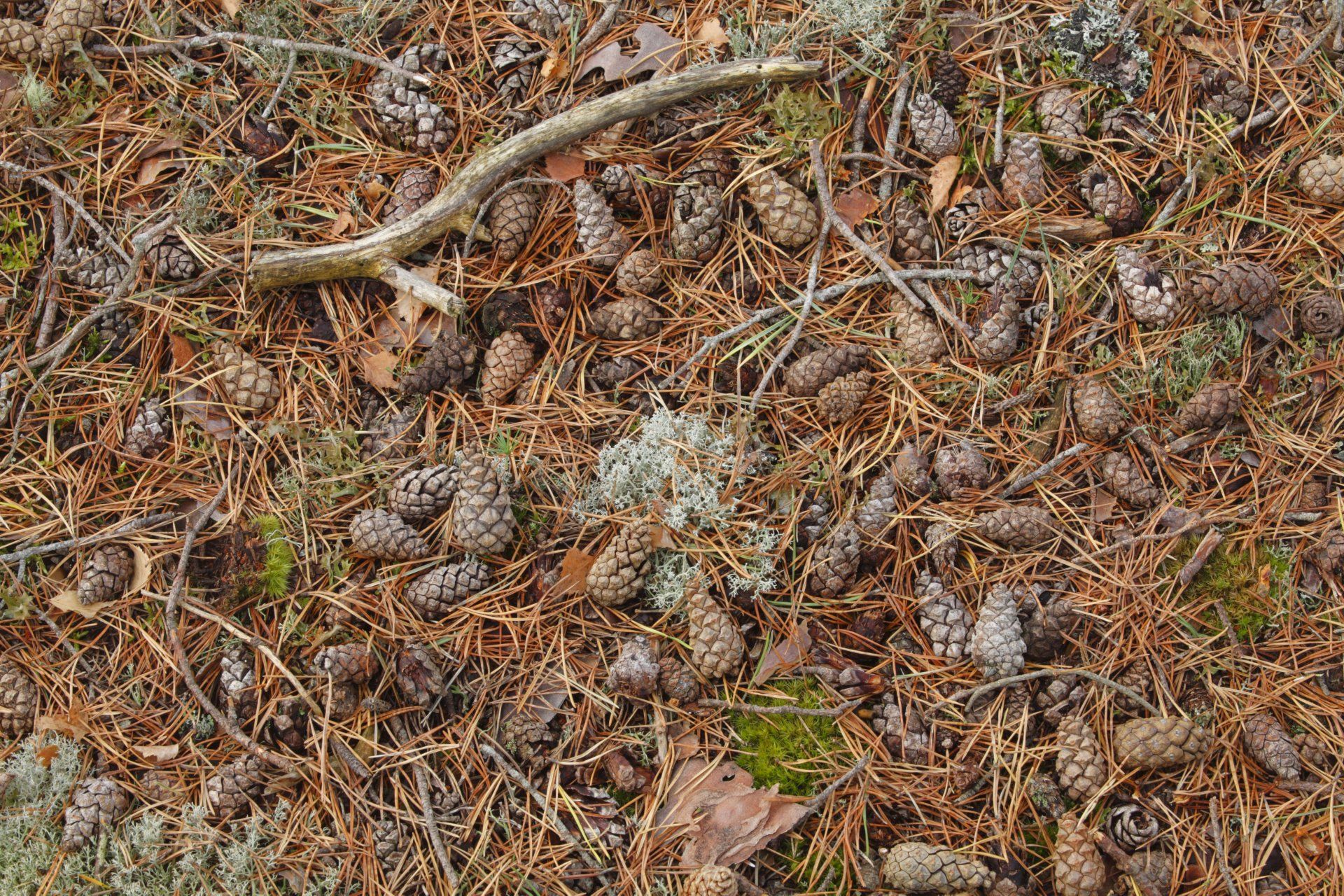Trees - A Foresters Perspective
The benefits to nature of trees, hedges, woods and scrub cannot be underestimated.
Deadwood habitats, woodland corridors, thick species-rich hedgerows, ancient or mixed broadleaf woodlands, and wooded pastures all play a vital role.
Fraser Bradbury is
forest and environmental manager at West Acre Estate in Norfolk and says change is happening for the better.

The UK is a net importer of wood products. Whether this is sawn timber for construction, fuel or high-end joinery, we import a massive 80% of the wood we need. Yet the UK has possibly the best climate for growing trees and therefore timber, in Europe.
Our links to woodlands have been broken for many centuries. We are now harvesting some of the oak plantations commissioned by Lord Nelson for shipbuilding. Sadly though, with the advent of Ironclad ships, our strong tradition of forestry and foresters, disappeared.
Before finding new uses in game rearing, our woodland and forests had fallen into a state of neglect. With the outbreak of the First World War and the blockades that followed, timber like many products became vital to the survival of the country. Woodlands were stripped of all usable wood products, leaving only 5% of the UK wooded.

By 1919 the Forestry Commission had been formed with the mission of producing a strategic timber reserve. Land was acquired through purchases or long leases and planted with a mix of fast-growing conifer. Again these proved vital during the Second World War. By the 1950s and the Zuckerman Report, the world was changing.
The Report highlighted that any future war would be nuclear with no need for timber products, so the focus turned to commercial crops that conifers suited. Across the UK, rural staff were instructed to inject poison into broadleaf trees with devices known as ‘jimjams’. Only 2% of ancient woodlands remained, much of that thanks to staff who deliberately under-cooked the jimjams. Today thanks to many of the local staff who either refused to kill the trees or who made minor injections into them, a whole new generation of future veterans survived. Useless for timber but wonderful for biodiversity.

Veteran broadleaved native trees make our woodlands the national jewels in the crown of nature conservation. They act as a reserve and a source population of species. Often this includes providing homes for many species adapted to open habitats.
Further significant gains for wildlife came about after the UK broadleaved policy was launched in 1985 and the UK guidance for managing our precious
Ancient Semi-Natural Woodland (ASNW), policy of the late 1990s. Under the guidance and management of many a good forester and wildlife ranger, landowner, and keeper (many of whom are also excellent ecologists and naturalists), large numbers of woodlands and their associated species, have flourished. Ancient woodland restoration has seen an even bigger drive to enhance these magical places, by removing the majority of conifers and replanting or regenerating with native broadleaved species.

Enlightenment about species requirements has seen both the creation of open spaces and dappled shaded areas along riparian zones. We are also seeing terrific moves forward in pond restoration and the haloing of our precious ancient trees. We are also seeing the retention of deadwood habitat, a resource that directly supports up 1/3 of all associated temperate woodland species. But this is really only the start. Woodlands need connectivity, as do most of the communities they support. This can be achieved through woodland expansion, and by interconnecting woodland corridors or thick structurally and species diverse hedgerows, alongside high-quality open space.
Add to this the ability to
sequester and lock up carbon,
cool rivers
and slow the flow, and we start to see the great value of the wide variety of woodland types and habitats. We can achieve an increase of this through planting woodlands,
wood pasture creation,
traditional orchard planting and expansion, and even commercial conifer planting. Especially if they work as a component of a well-managed mixed woodland, that provides for nature and society's needs.
WildEast Blog

Powered by LocaliQ
Follow Us
SIGN UP FOR NEWS & UPDATES
Newsletter Sign Up
Thank you for signing up to our newsletter.
Please try again later.
Privacy / Terms & Conditions / Sitemap
